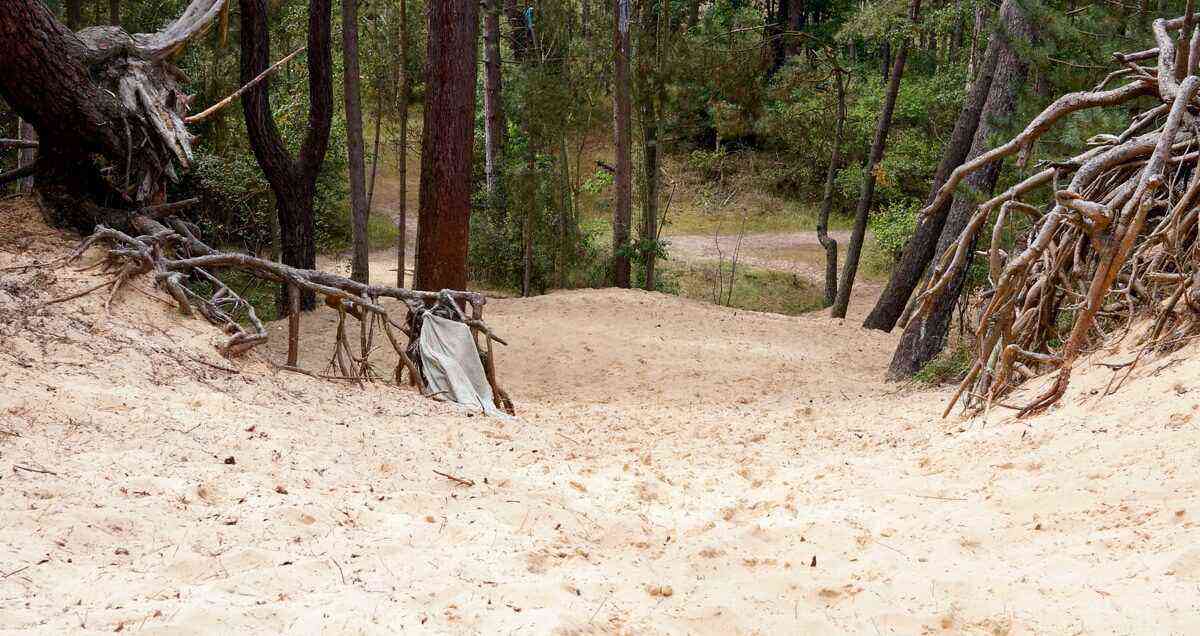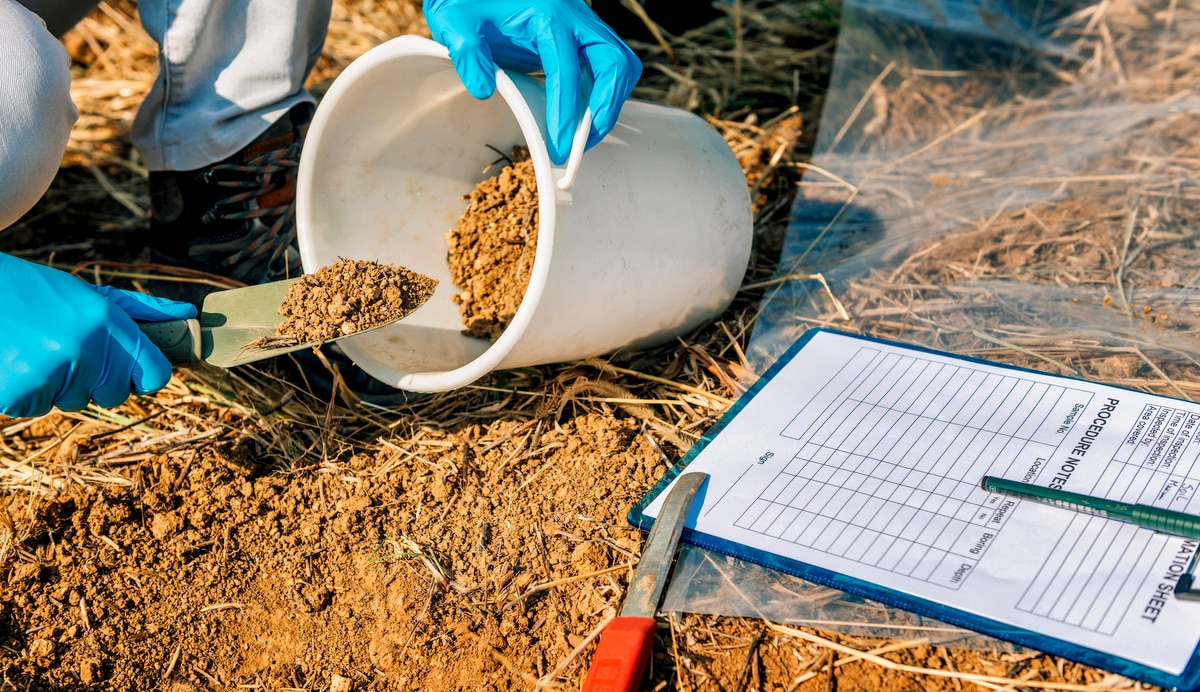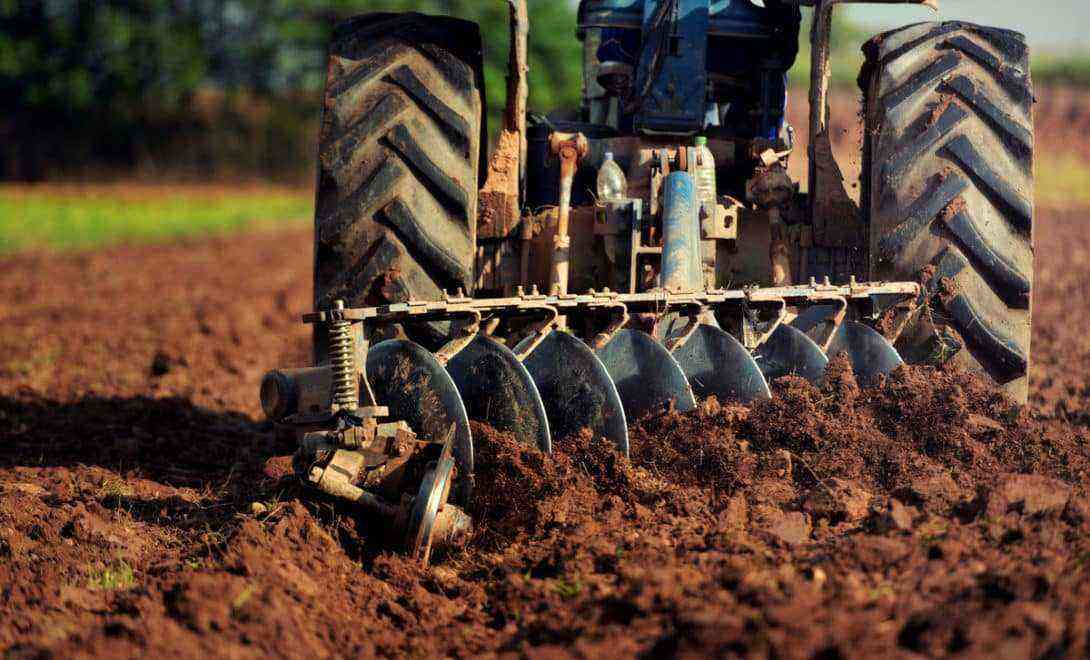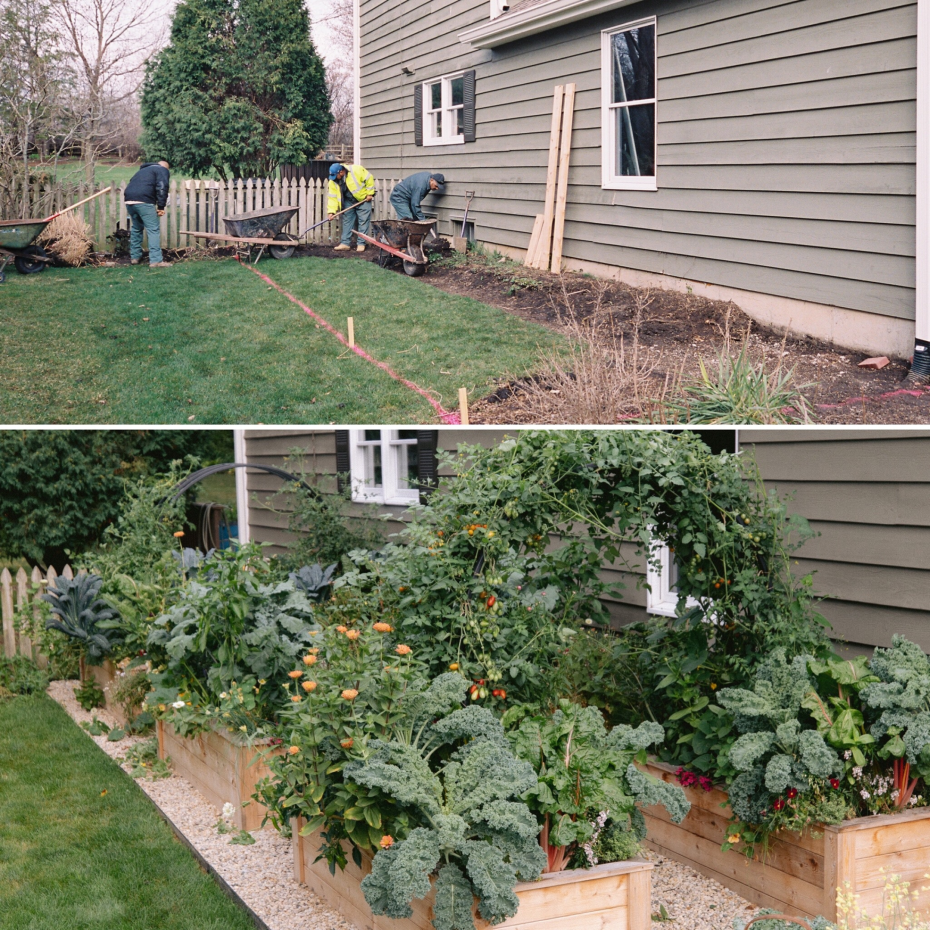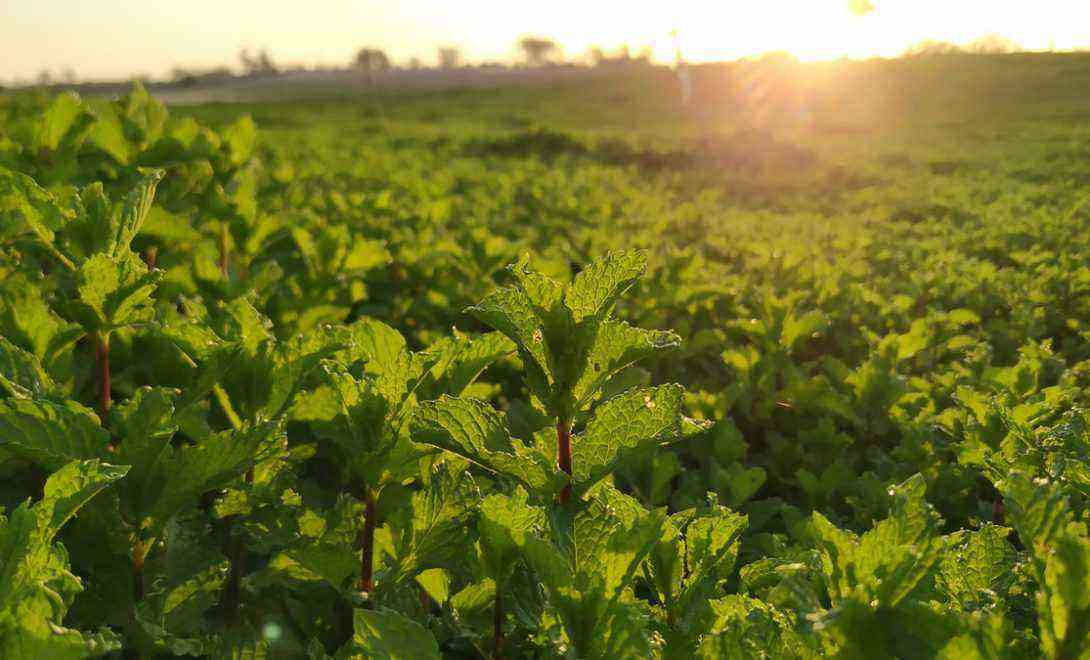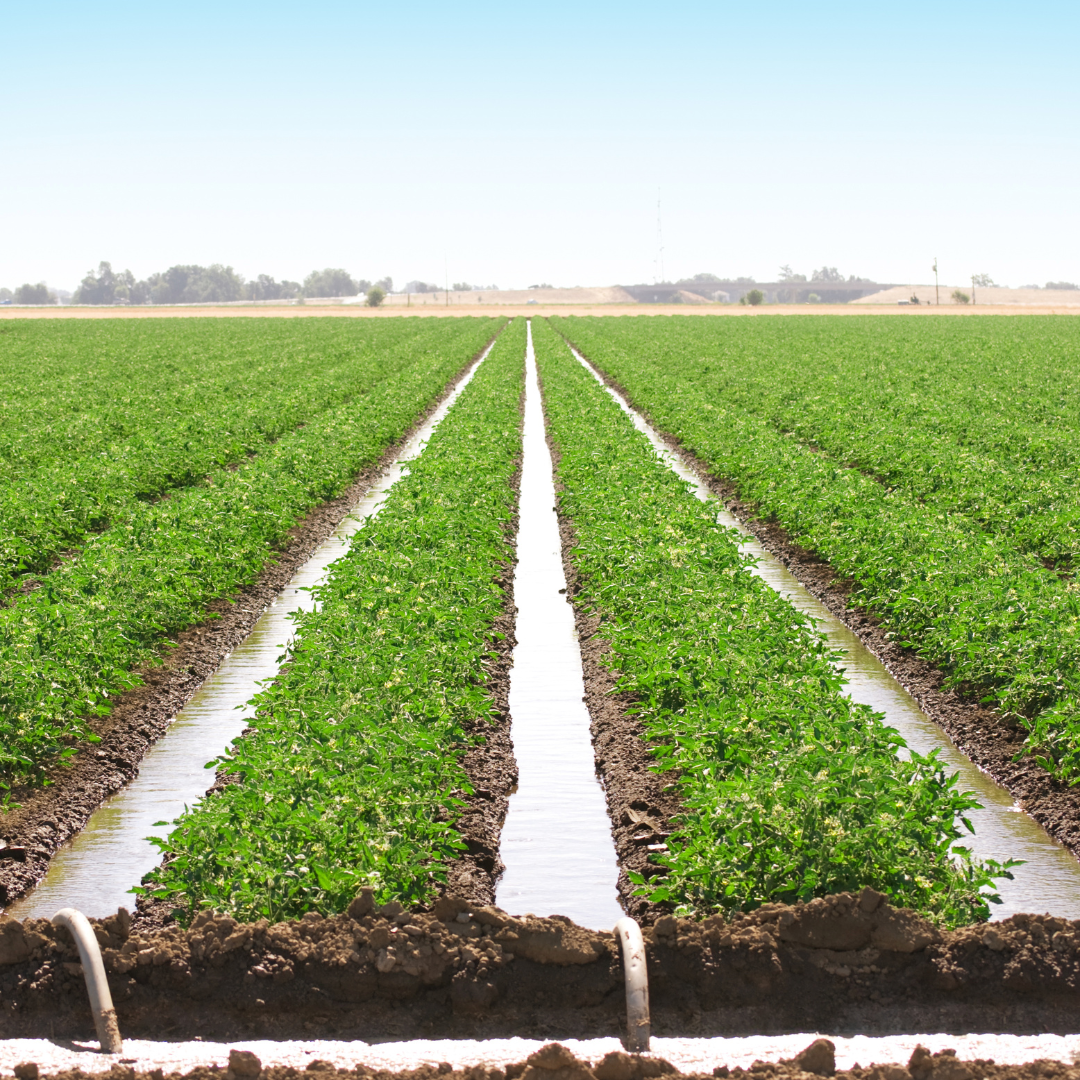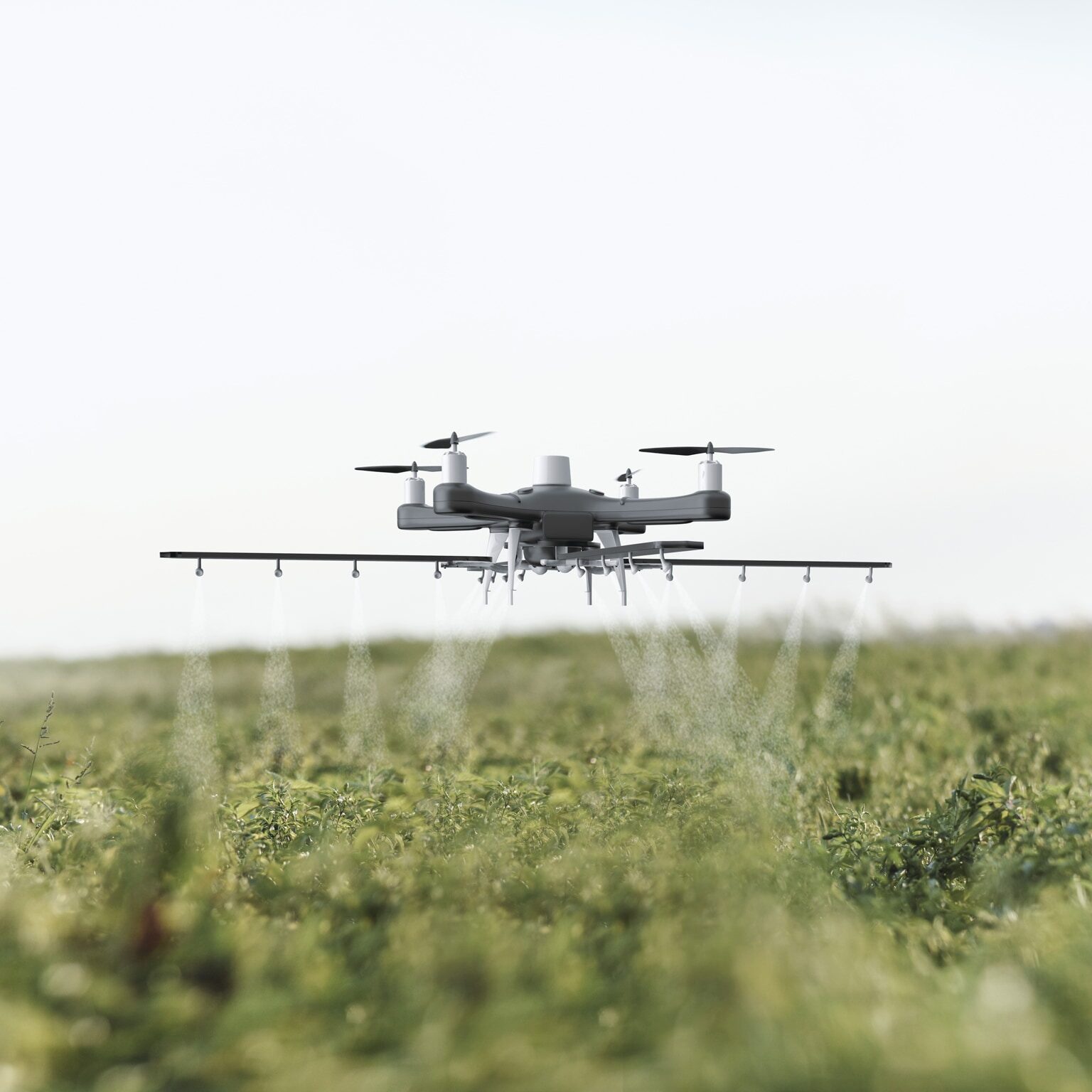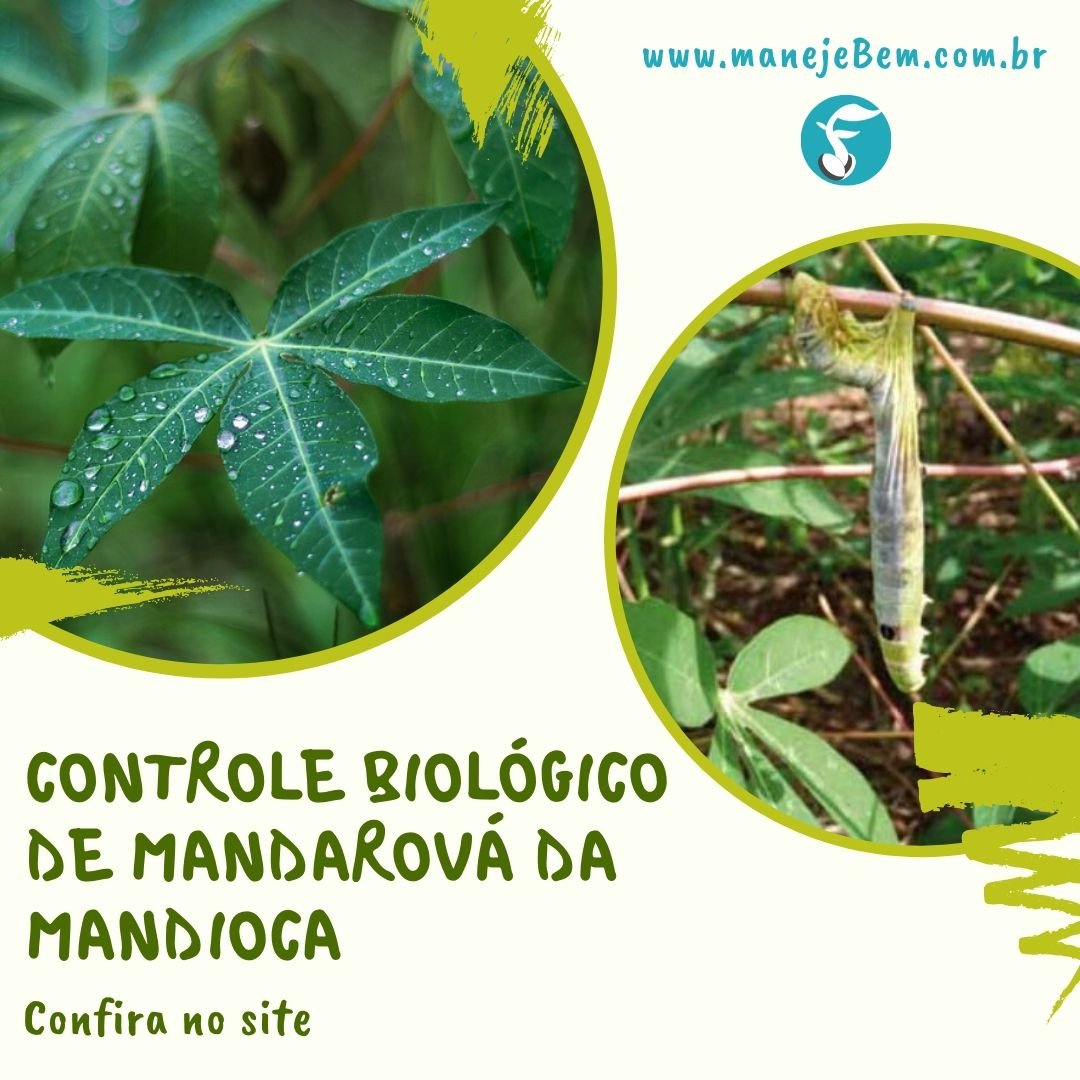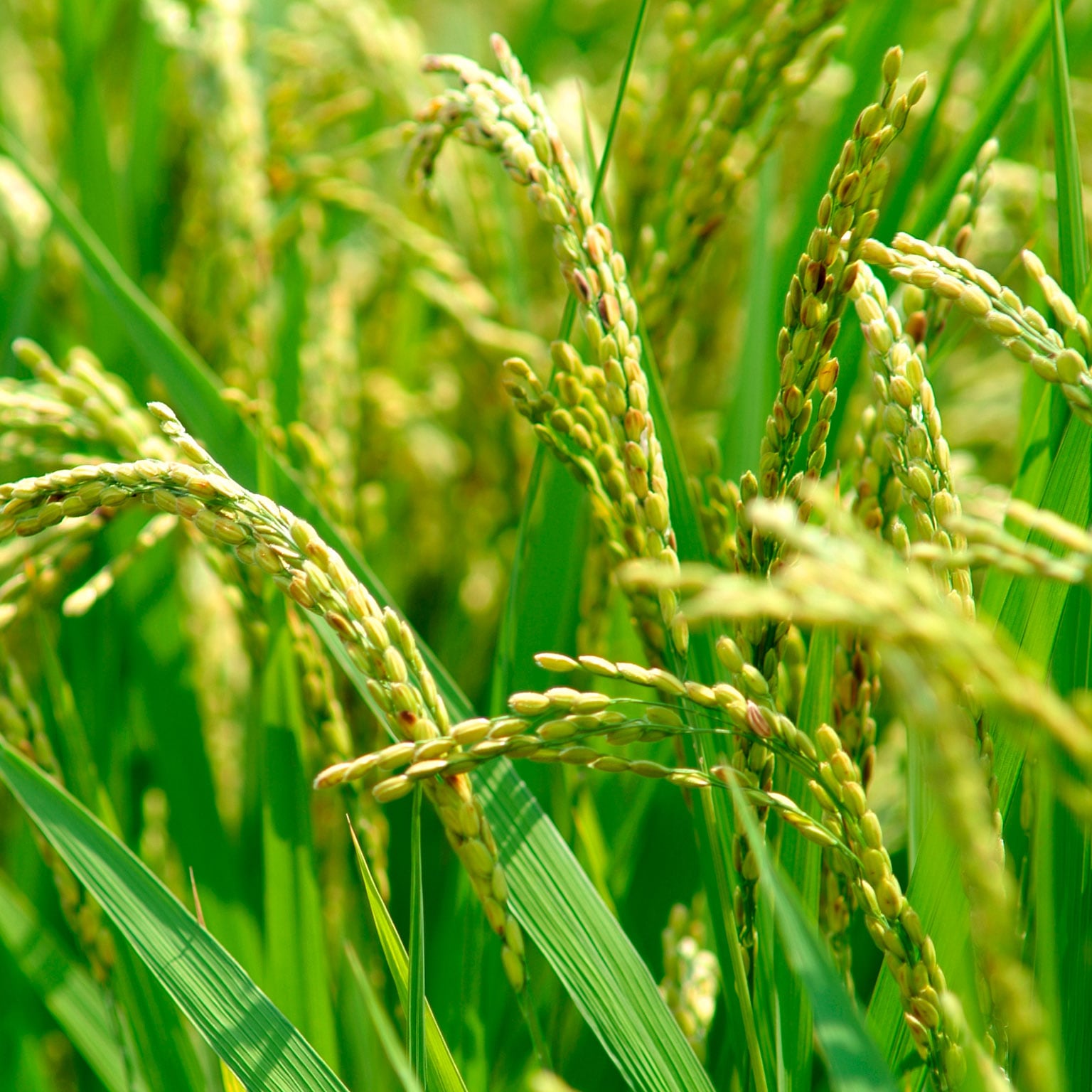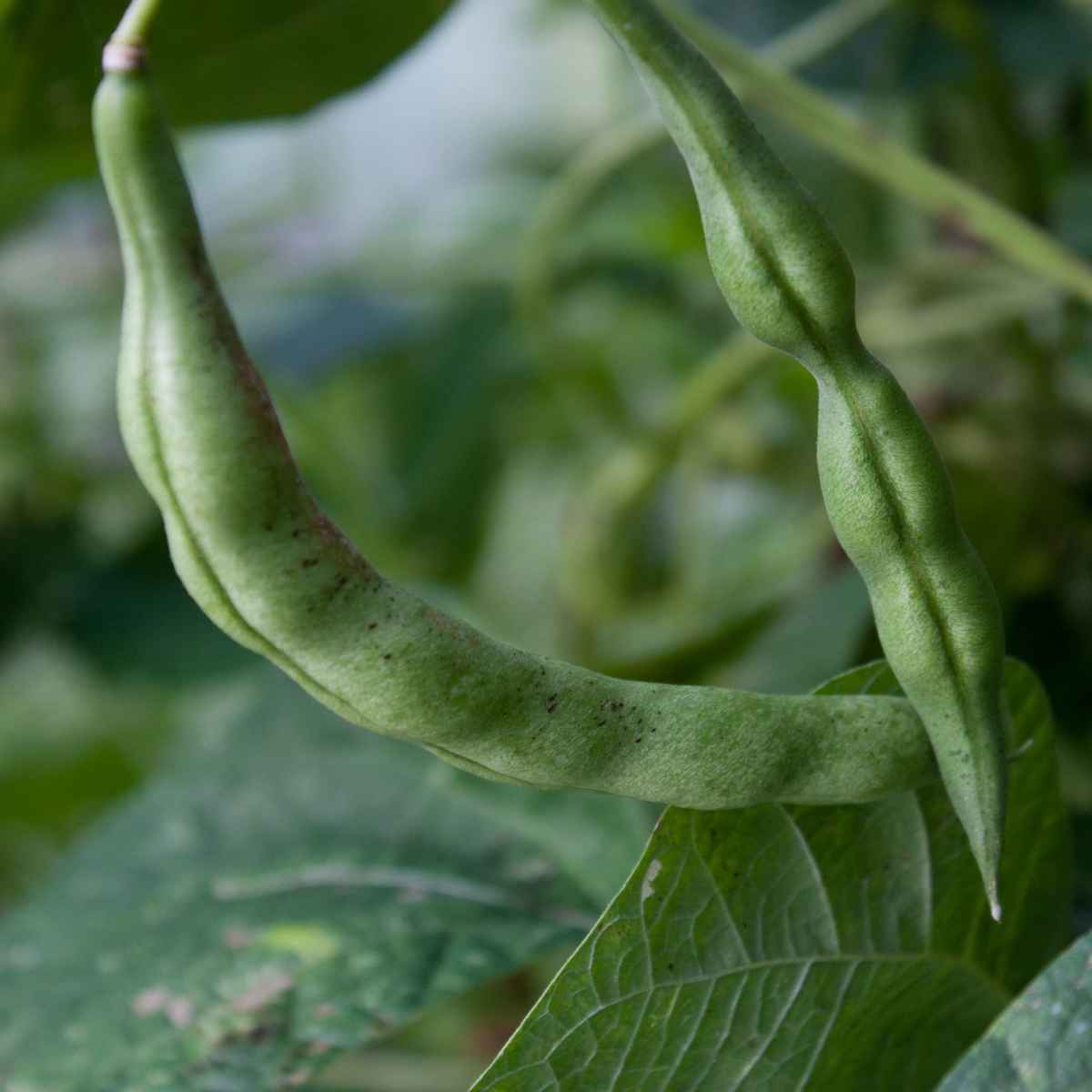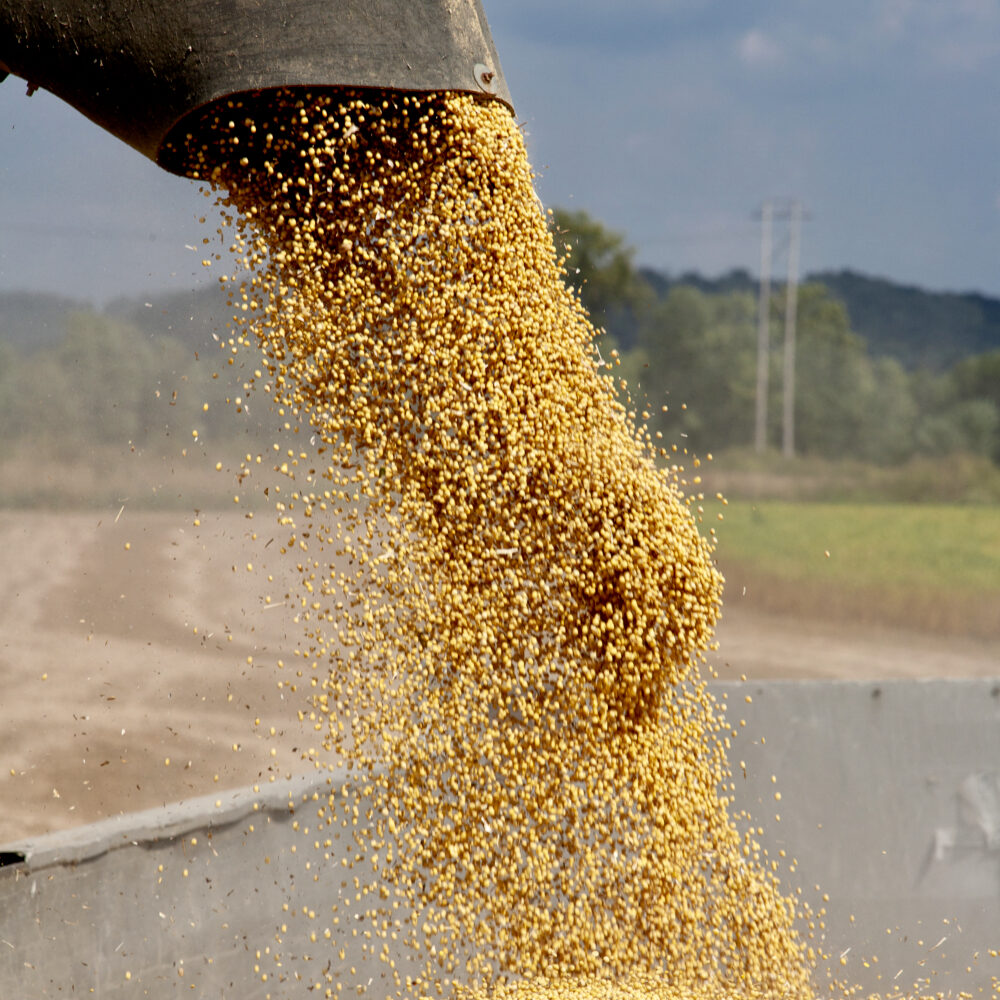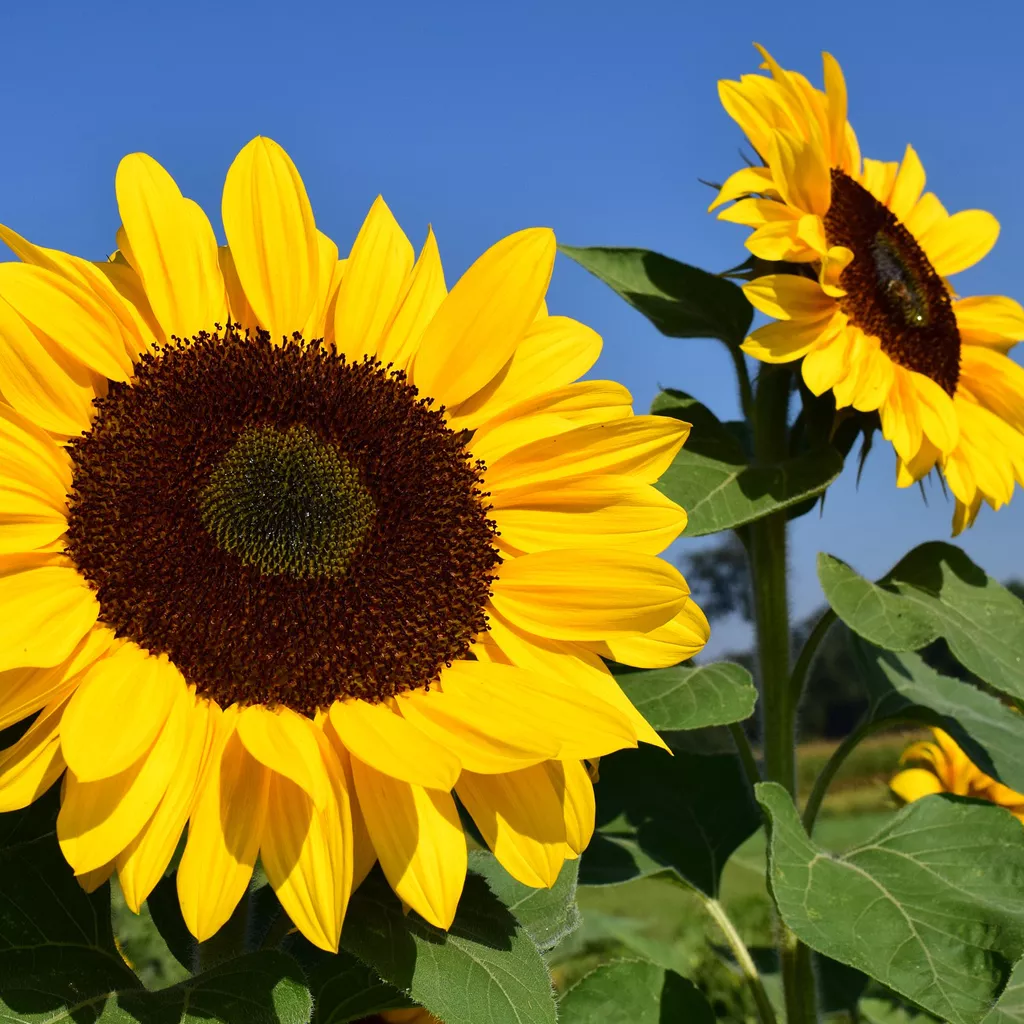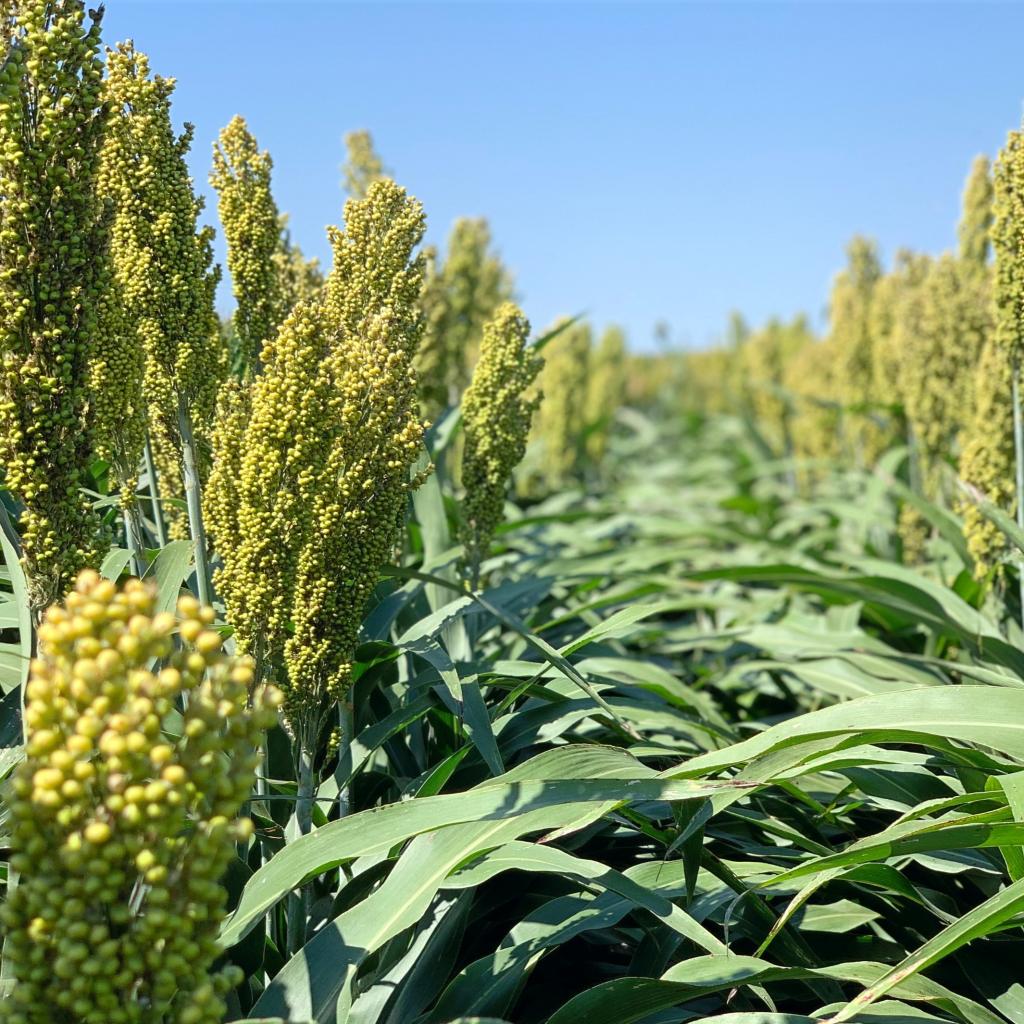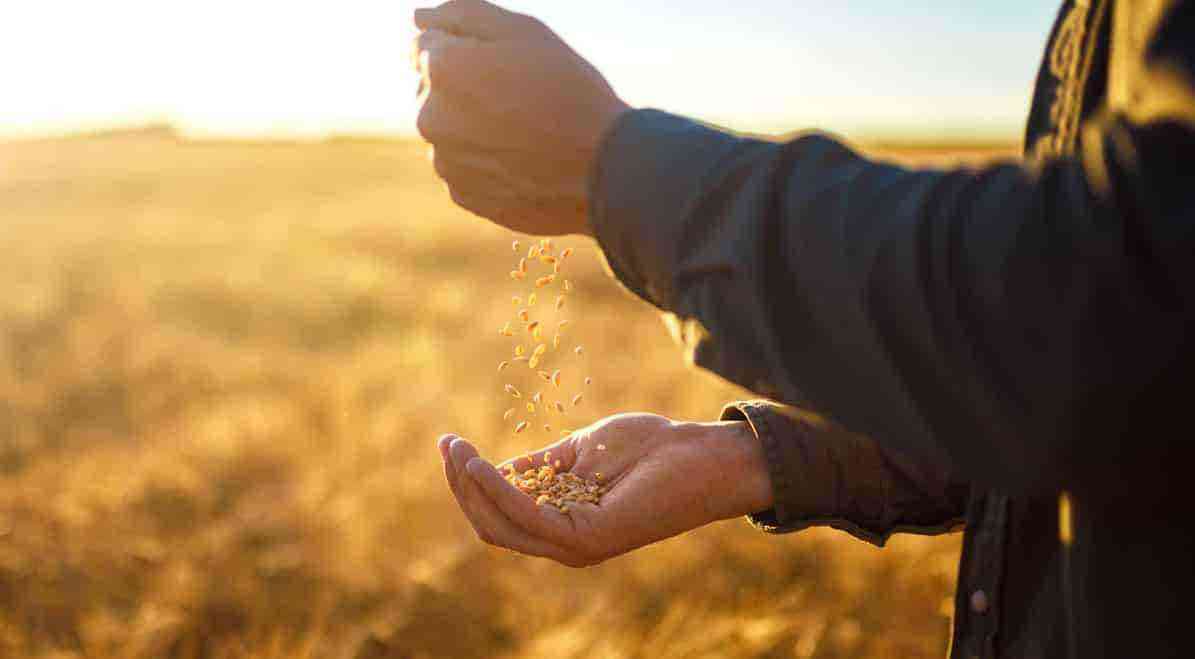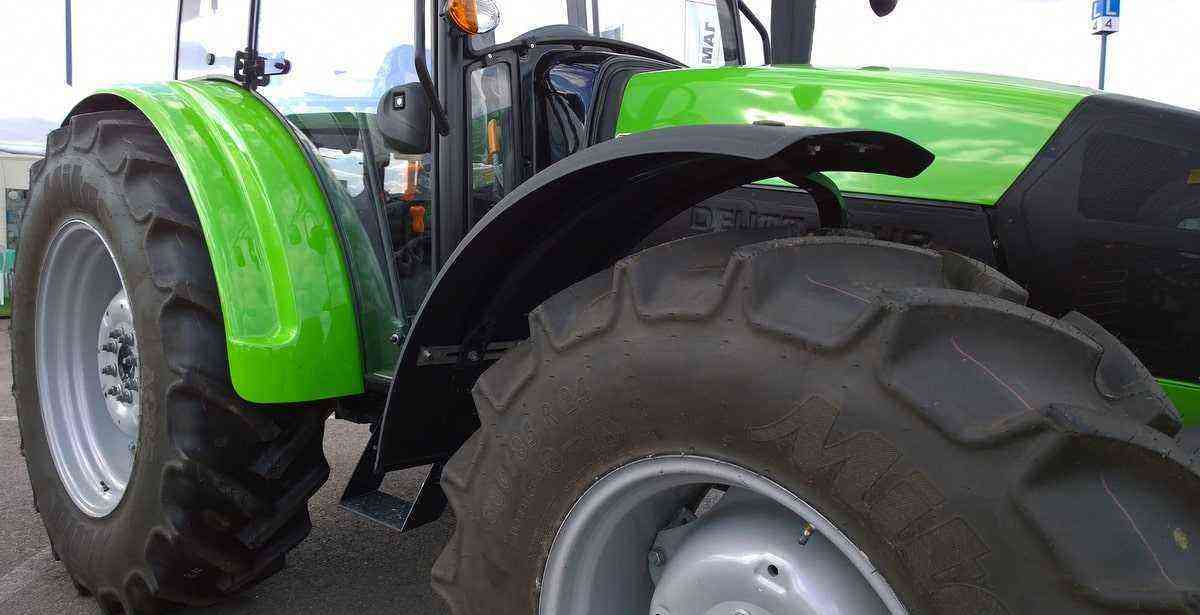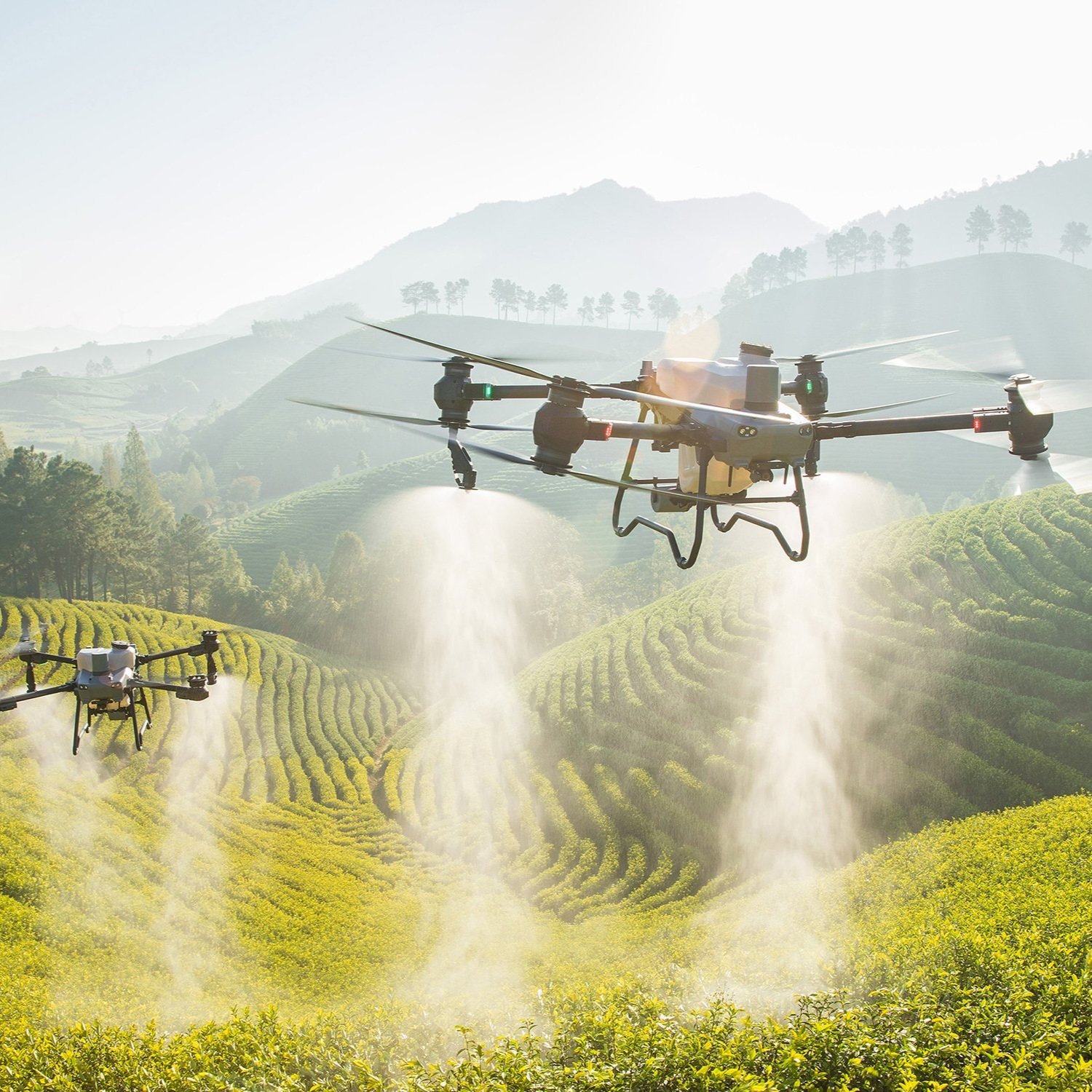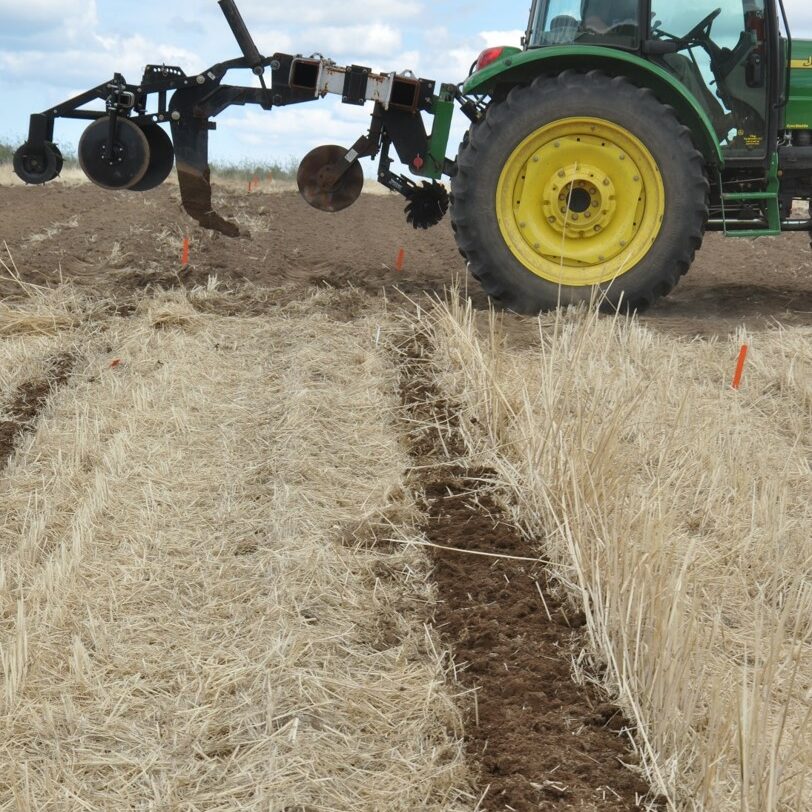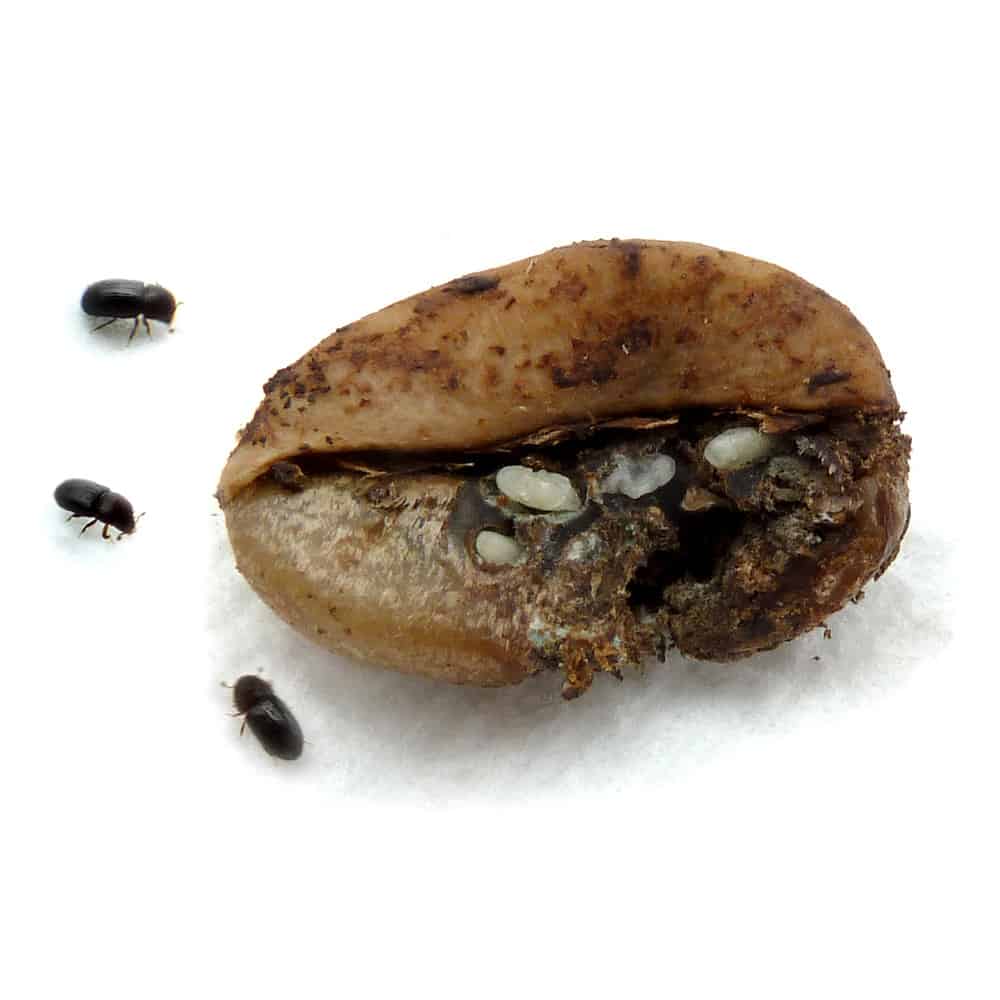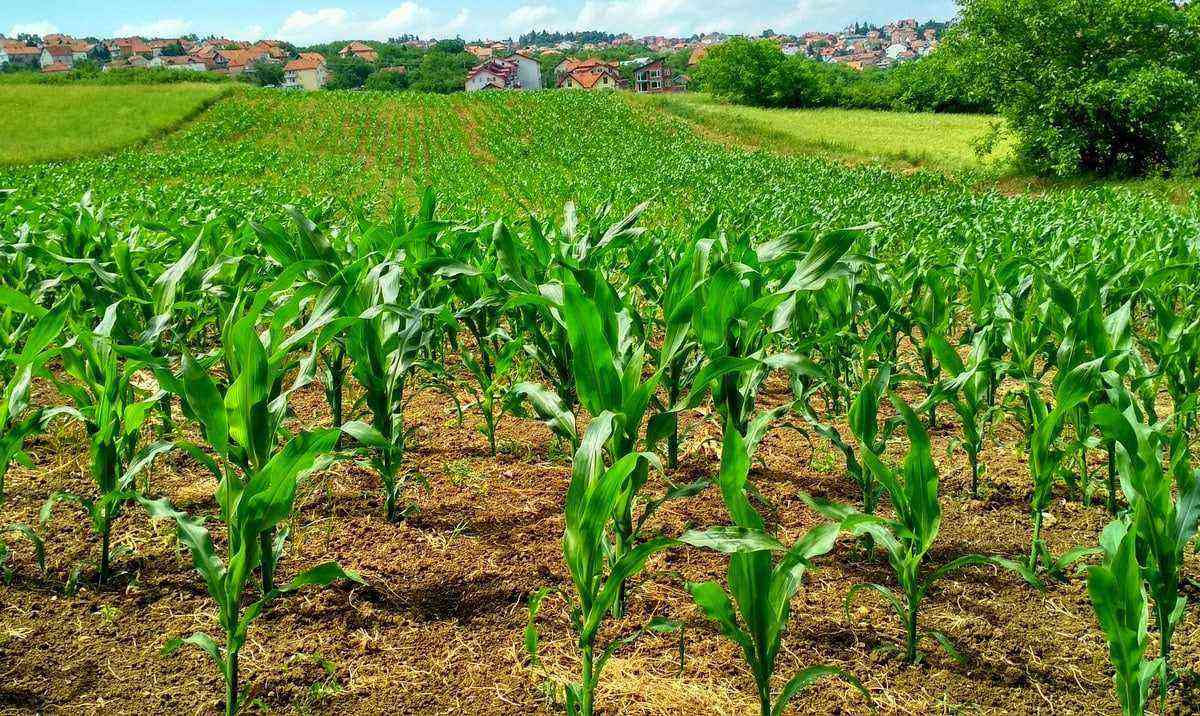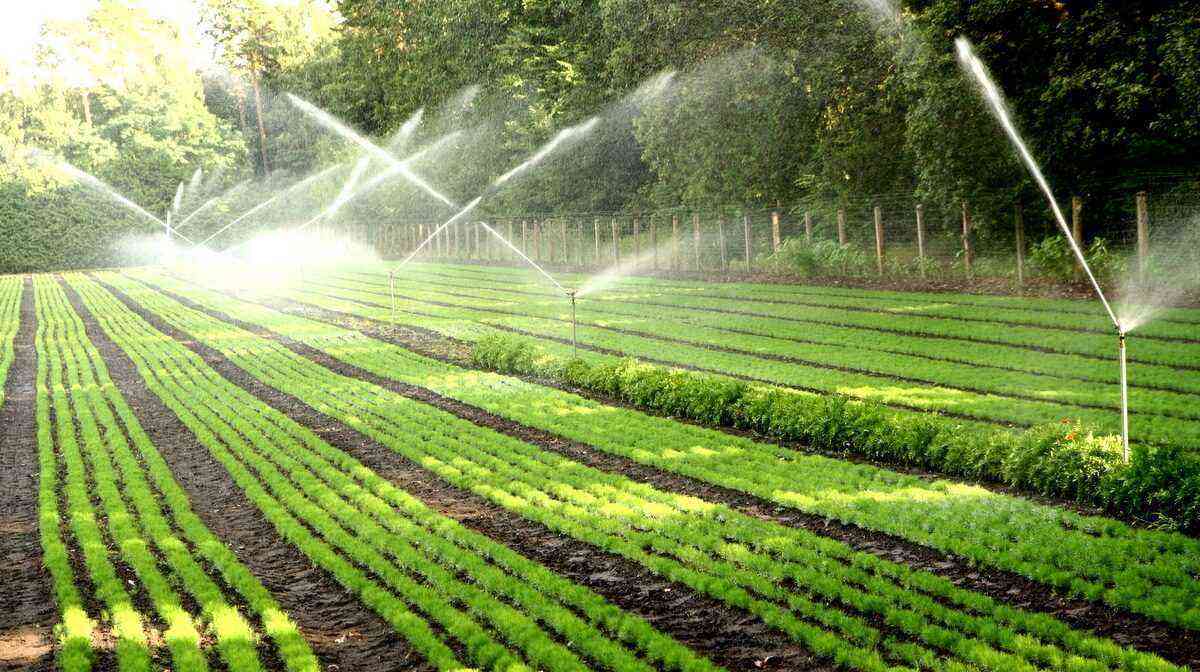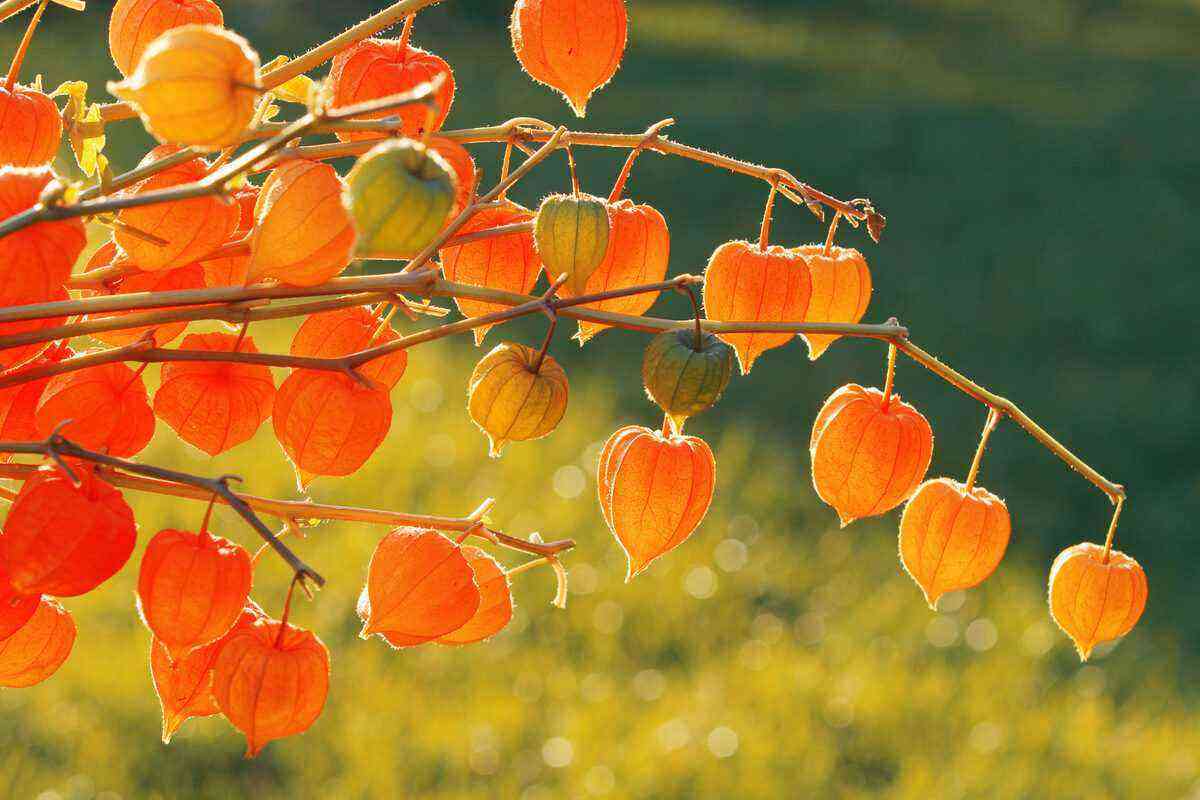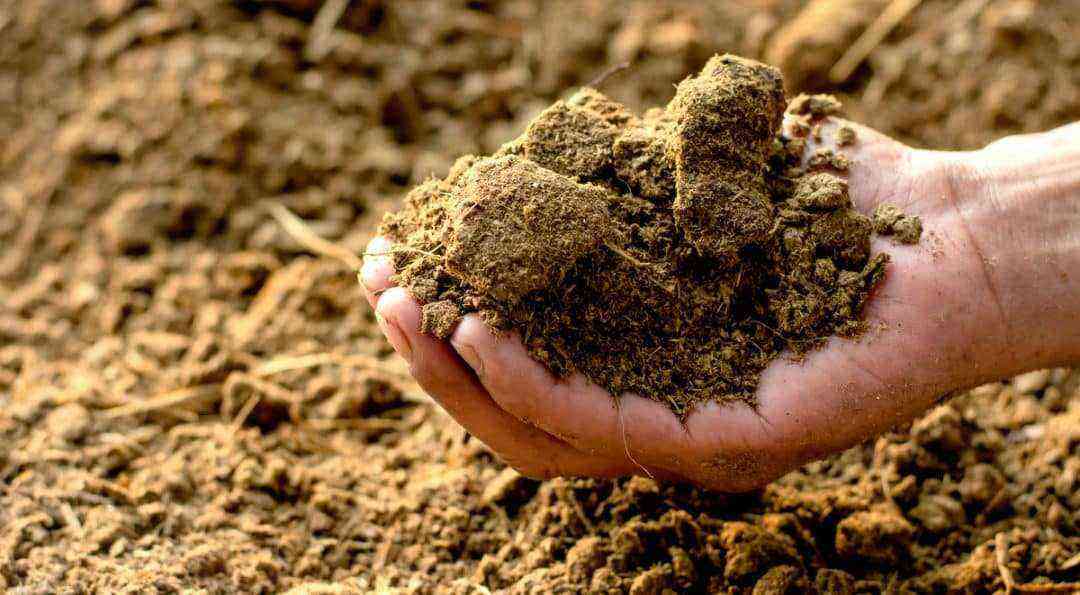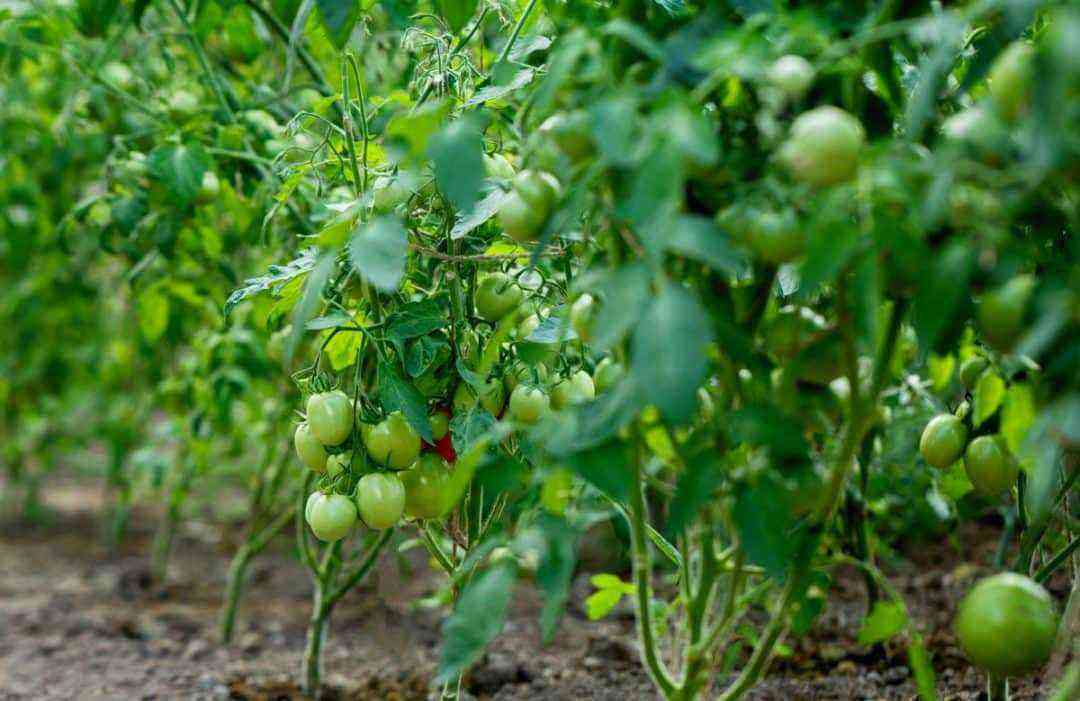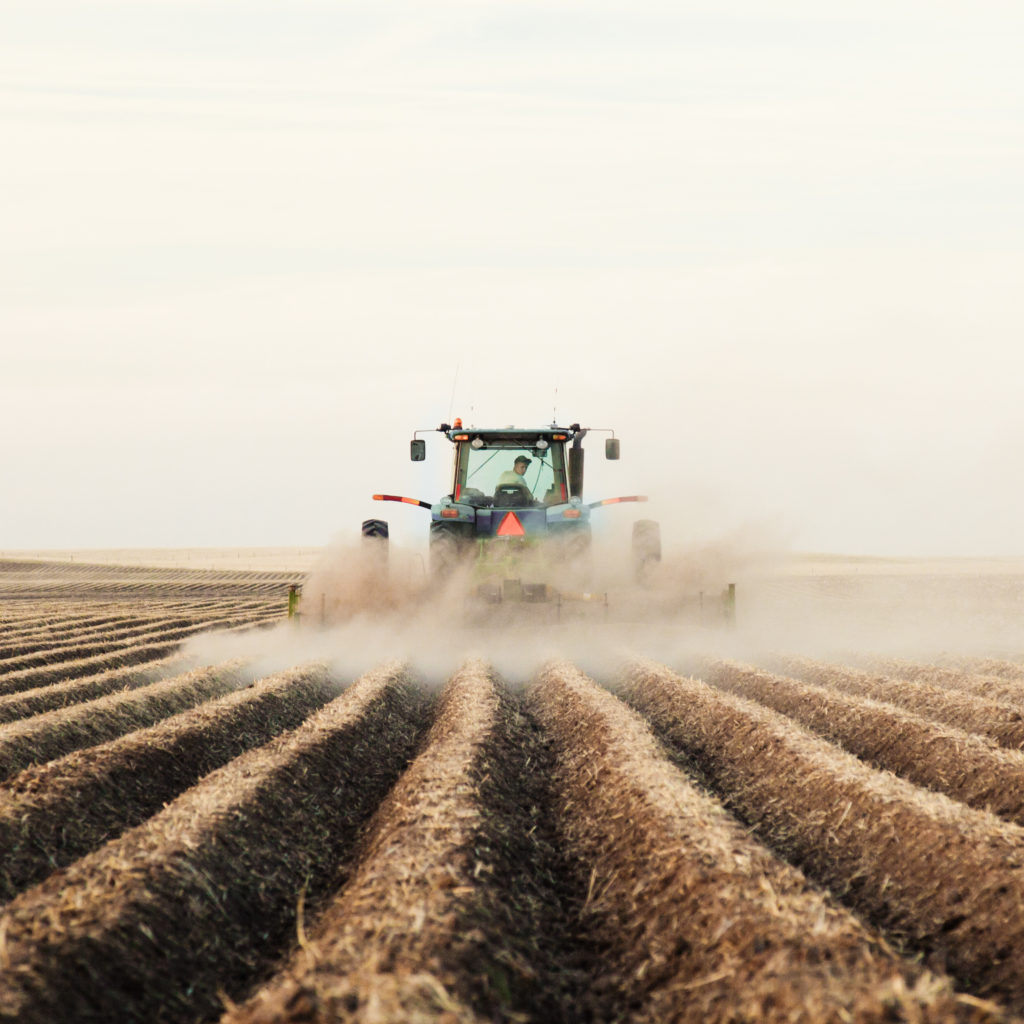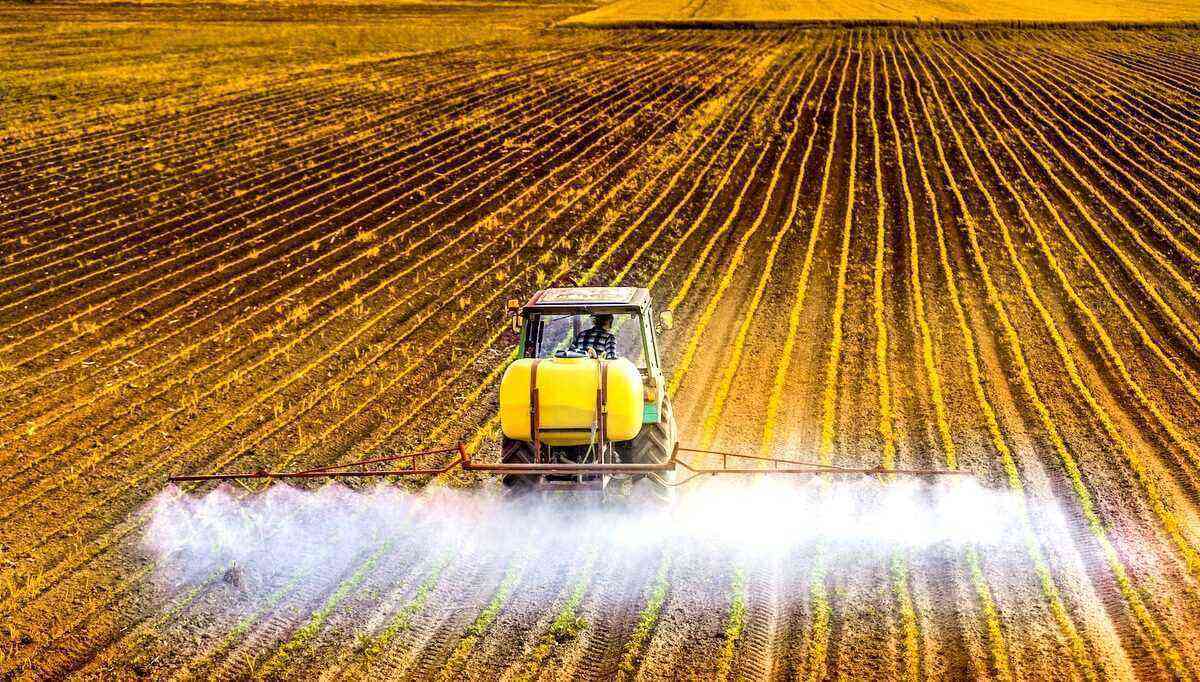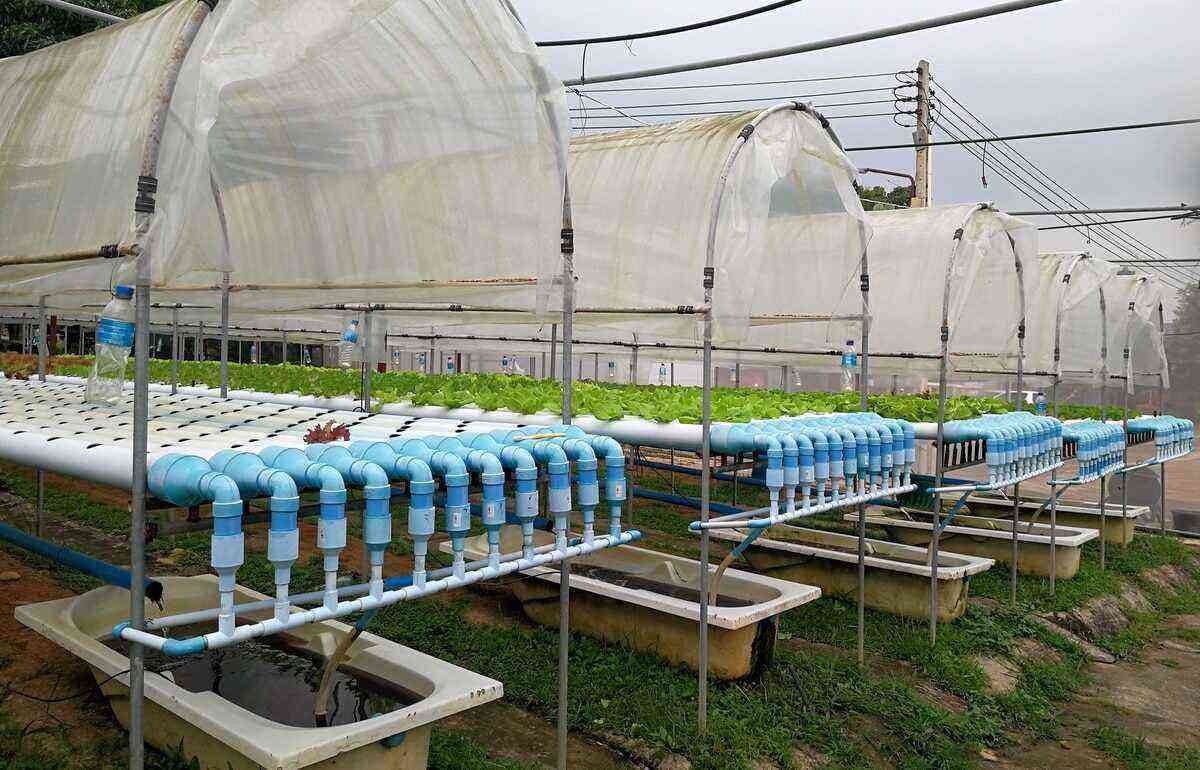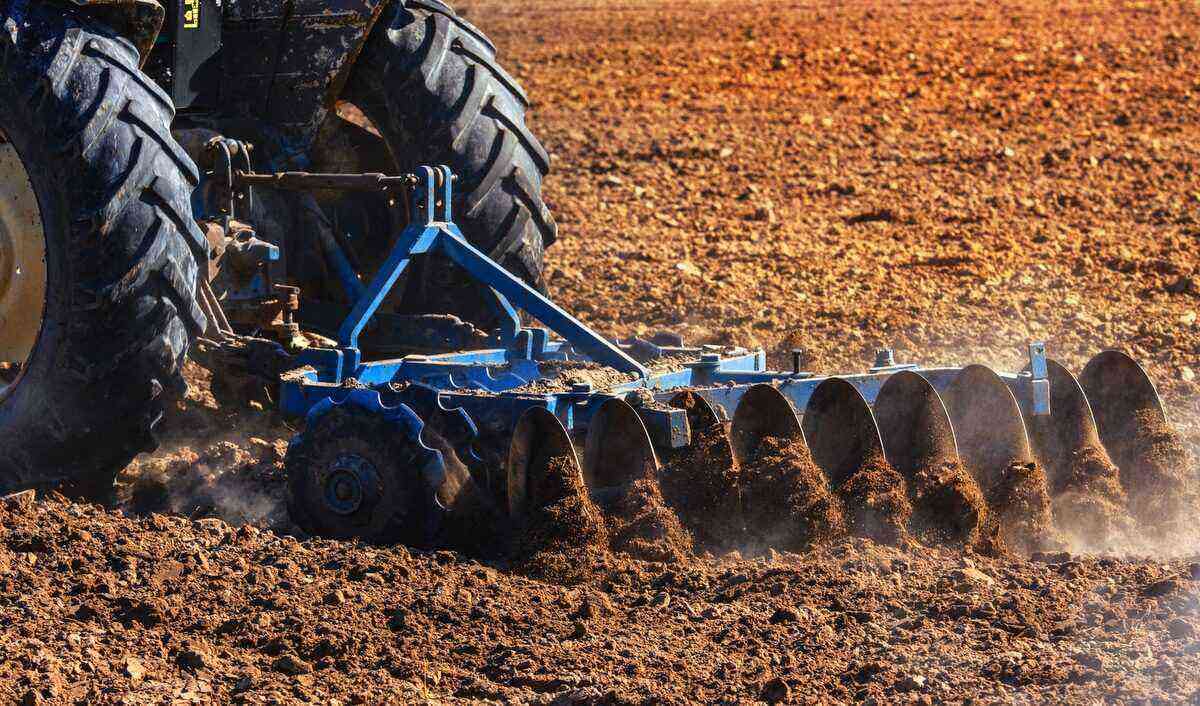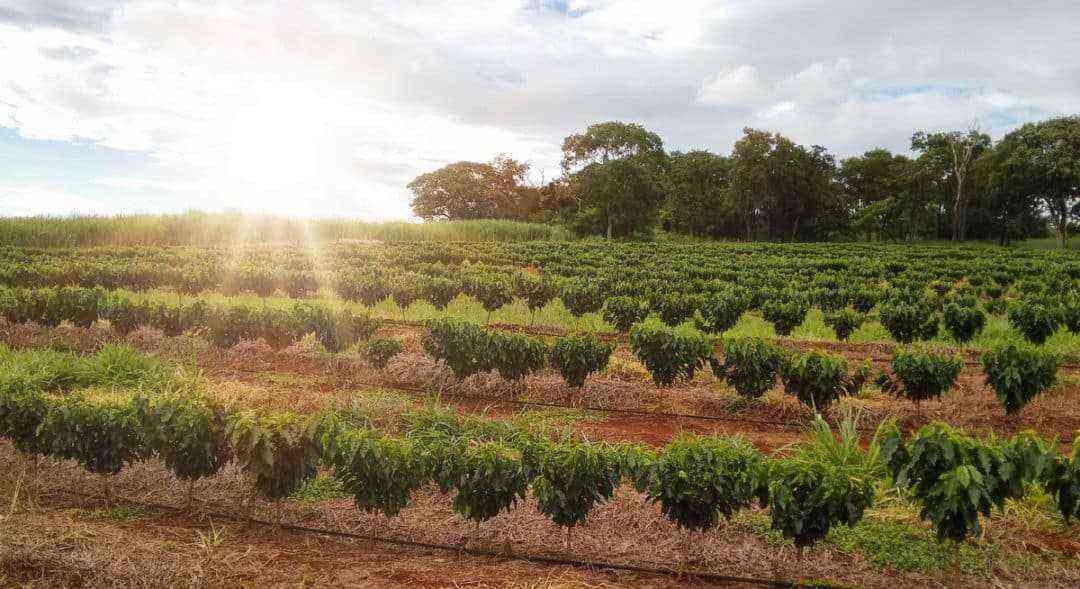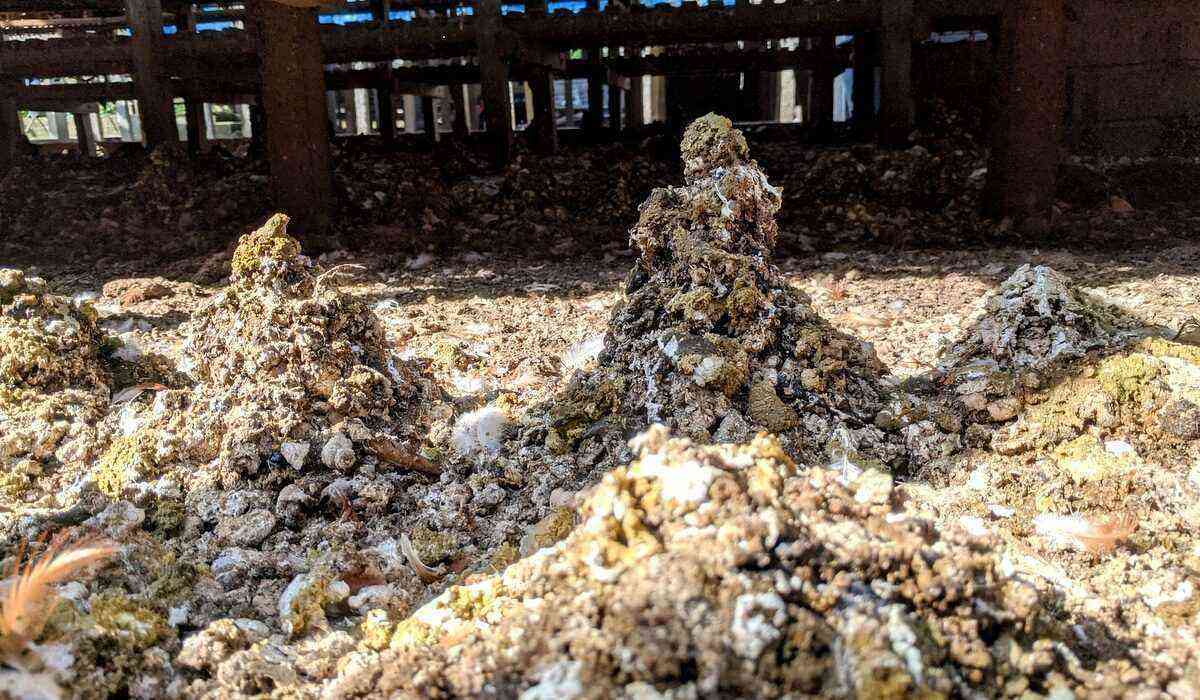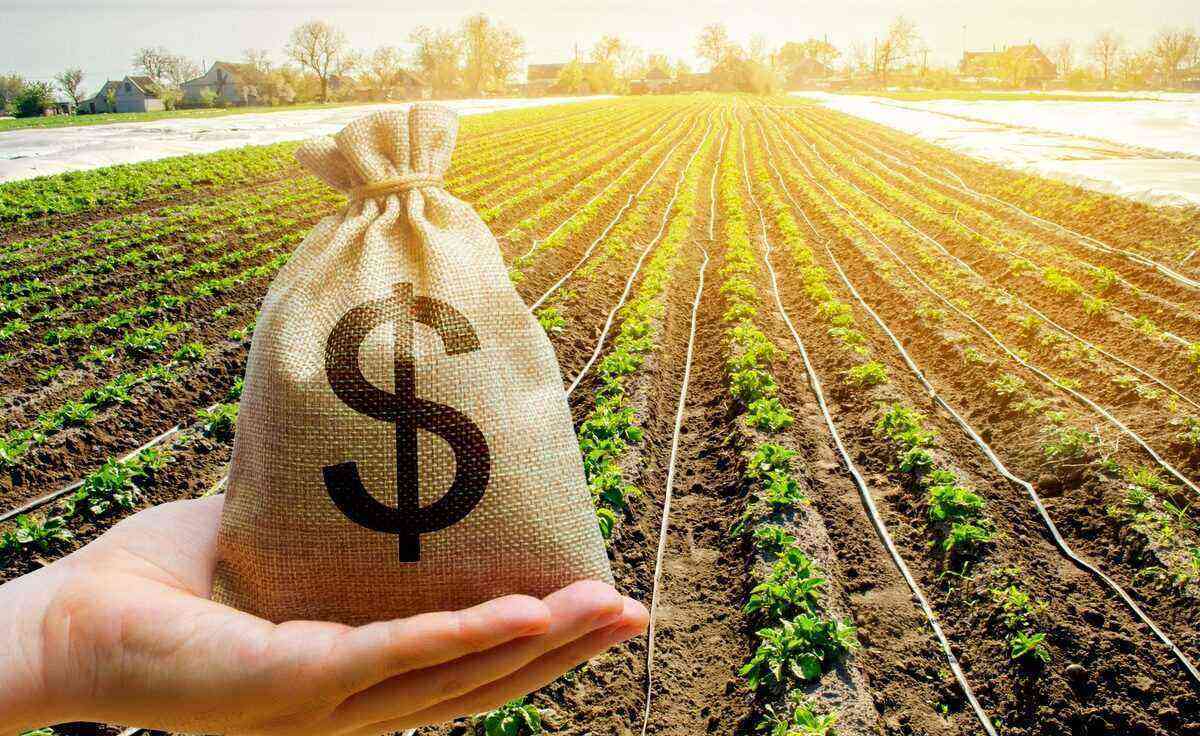O just sandy is one composed of at least 70% sand. In Brazil, it is usually found in the Midwest and Northeast regions, covering extensive areas. Because of its composition, it has difficulty retaining water and nutrients, in addition to suffering from erosion and leaching.
Therefore, to produce in sandy soil it is necessary to adopt a specific management, with some conservation practices, such as a no-tillage system, crop-livestock integration, crop rotation and also the use of green manure.
In this text, we will clarify the main doubts related to sandy soil: its characteristics, how to improve it and what can be planted in it. Check out!
What are the features?
In general, main features of sandy soil are:
- Granular texture, with coarse, medium and fine grains;
- High porosity and permeability;
- Low humidity;
- Poor in nutrients;
- Low content of organic matter;
- Deficient in calcium;
- acidic pH;
- Highly susceptible to erosion.
The sandy soil, also called “light”, is very present in the northeast region of Brazil.
Due to its composition, it has a thicker texture compared to other types of soil, in addition to low water retention, despite its rapid absorption. In addition, its particles are not very dense, and it has a low CTC (cation exchange capacity).
What to do to improve sandy soil?
First, it is recommended to carry out a soil analysis. This allows the producer to know exactly the soil on his property, and what to do to recover it.
In addition to macro and micronutrients, it is necessary to analyze the textural composition of the soil, the thickness of the layers of each texture class, and the pattern of clay increment in the subsurface. For this, it is important to assess the soil at a depth of at least 80 centimeters, that is, beyond the topsoil.
Corrections must follow the results of the analysis and consider the presence of glebes and stains. However, in general, a milder liming and fertilization is indicated than in relation to clayey soil.
In order to be successful in the use of sandy soil in agriculture, it is important to carry out an analysis in order to know what the real deficiencies are.
Another essential management in sandy soils is green manuring, that is, the planting of grasses and legumes to cover the soil. These species provide a good amount of straw, which protects the soil from erosion, conserves its moisture and provides nutrients and organic matter. In addition, they have good rooting, which helps in the aggregation of soil particles.
Cultivation in a no-till system also helps to improve the properties of sandy soil, through soil non-dislodgement, root diversity and volume, and crop rotation and diversification.
The adoption of integrated production systems, such as crop-livestock, also tends to be more productive and profitable for the farmer. In addition, other conservation practices such as terracing and maintenance of permanent preservation areas and legal reserves also contribute to soil fertility.
In addition, the irrigation system must also be adequate to meet the needs of plants and alleviate the water deficit of sandy soil.
What can be planted in sandy soil?
Currently, a significant part of the production of soy, corn, cotton and wood for pulp is made in sandy soil areas. Therefore, those who intend to invest in commodities and increase their possibilities of profit and productivity of the farm, can bet on these crops.
In addition, fruit trees such as melons and mangoes can also do well in sandy soil. In general, plants that have a good anchorage can benefit from this type of soil, allowing them to have better root development.
In addition, the cultivation of several species for ground cover is essential for maintaining soil fertility and moisture.
As sandy soil is often found in drier and arid regions, it is interesting to invest in crops that adapt to this type of environment.
Check out in the video below the success in planting and growing pineapple in sandy soil in Rio Grande do Sul. One of the secrets, as mentioned above, is in soil analysis and correct fertilization:
With this article, we seek to present the main characteristics of sandy soil and what to do to make it productive on your farm. Certainly with the right techniques, it is possible to provide the success of crops.
Enjoy and also access the article on our blog about how to plant papaya and what are its benefits. Good reading!!
